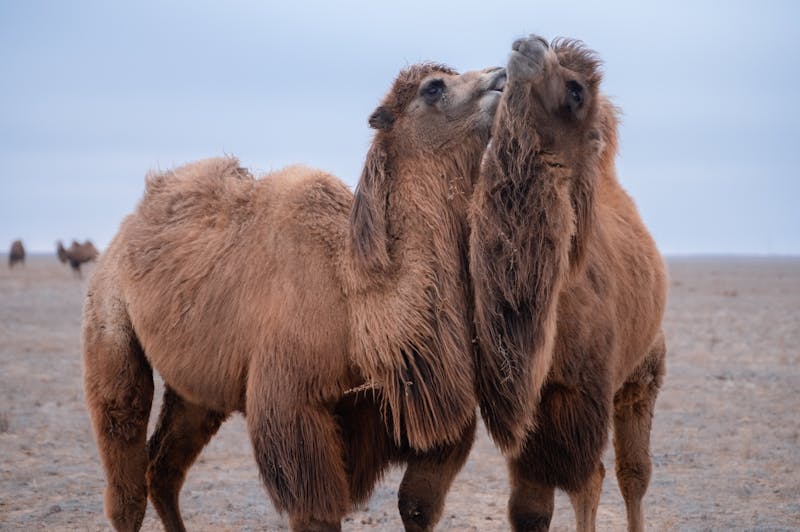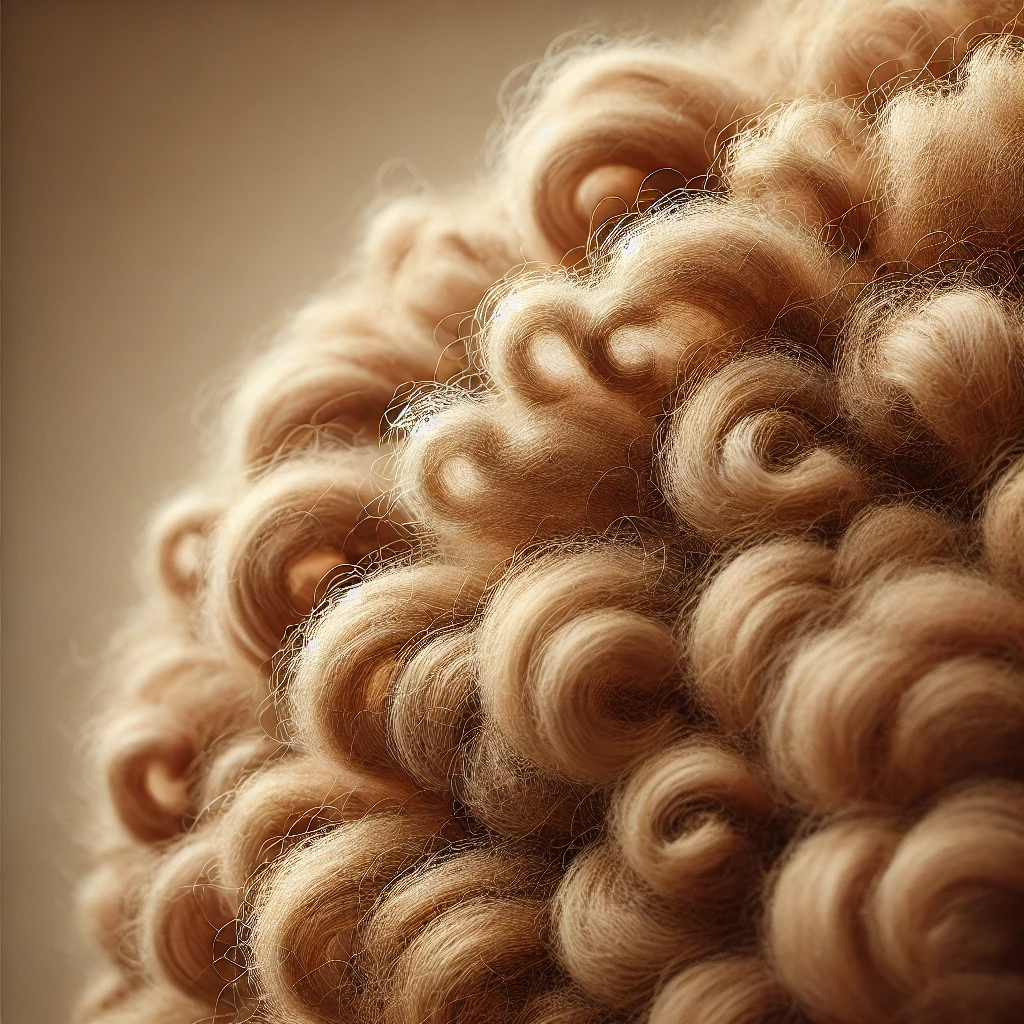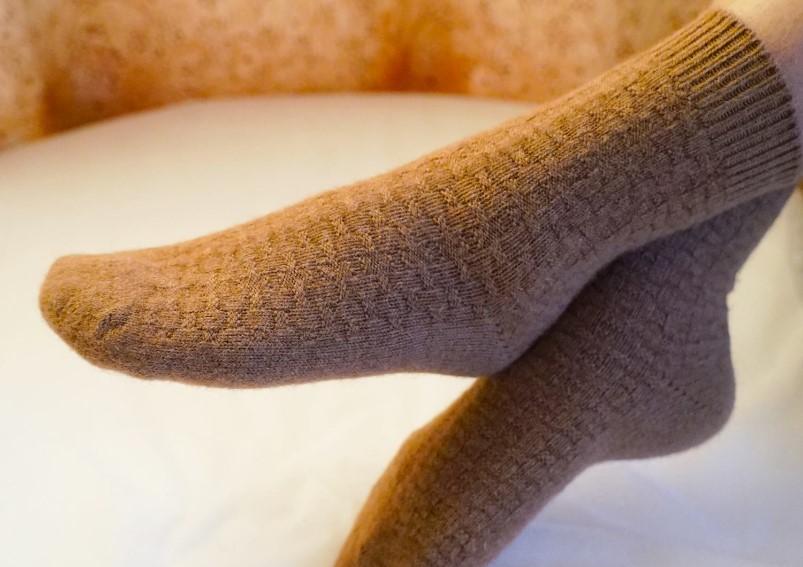Camel wool, a material steeped in heritage and highly valued across the globe, is often the center of discussions around its quality, use, and importantly, its price. So, the question begs itself: Is camel wool expensive?
Read: Mongol Wool Socks | Camel Socks
Is Camel Wool Expensive?
Comparatively speaking, camel wool tends to be more expensive than other common wool types such as sheep. This is due to several factors ranging from the camel’s unique life cycle to the intricate process of obtaining and refining the wool.
This is by no means an attempt to discourage potential buyers. Instead, the aim is to enlighten those about the intrinsic value of camel wool and why its price tag might be a little steep.
Factors Influencing the Cost of Camel Wool

Scarcity and Collection
Unlike sheep’s wool, which can be shorn annually, camel wool is less abundant. The process of gathering this wool is labor-intensive, leading to higher production costs.
Processing and Refinement
Camel wool requires meticulous processing and refinement. This involves separating the coarse guard hairs from the softer, more desirable undercoat, which adds to the expense.
Quality and Grading
The quality of camel wool varies depending on the age and health of the camel, its diet, and where it lives. The finest wool, which fetches the highest prices, comes from the camel’s neck and hump.
Comparing Camel Wool and Other Wools

Camel Wool vs. Sheep Wool
Camel wool fibers are finer than traditional sheep’s wool, measuring in microns, which not only contributes to their softness but also enhances their insulation properties.
Camel Wool vs. Cashmere
While camel wool is indeed a premium choice, it is generally less expensive than cashmere. This makes camel wool a cost-effective alternative for those who appreciate the luxurious feel of fine fibers but are mindful of their budget.
Camel Wool vs Yak Wool
Camel wool and yak wool are similar in price, but yak wool tend be slightly more durable despite costing the same as camel wool.
The Value Proposition of Camel Wool

Luxurious Feel and Excellent Insulation
What do you get for the extra bucks you pay for camel wool? An incredible softness and warmth, unmatched by most other types of fabric. Camel wool fibers are remarkably fine, measuring in microns, which makes them exceptionally soft against the skin
This exquisite softness, coupled with its excellent insulating properties, is a result of the camel’s adaptation to the extreme temperature swings of the desert.
The unique structure of camel wool fibers allows them to trap air efficiently, providing natural warmth in cold weather while remaining breathable in milder conditions.
Longevity and Durability
Camel wool isn’t just about immediate comfort; it’s an investment in the future. Its resistance to pilling, a common issue with many other types of wool, ensures that your camel wool garments maintain their smooth texture and appearance for years. The natural elasticity of camel wool fibers helps them bounce back into shape, even after repeated use.
Is Camel Wool Worth the Price?
So, circling back to our initial question: Is camel wool expensive? Yes, it’s pricier than some wool types, but its unique benefits make it worth the investment.
In the realm of textiles, the saying “you get what you pay for” rings especially true. Camel wool, with its luxurious feel, superior warmth, and long-lasting quality, offers true value for money.

